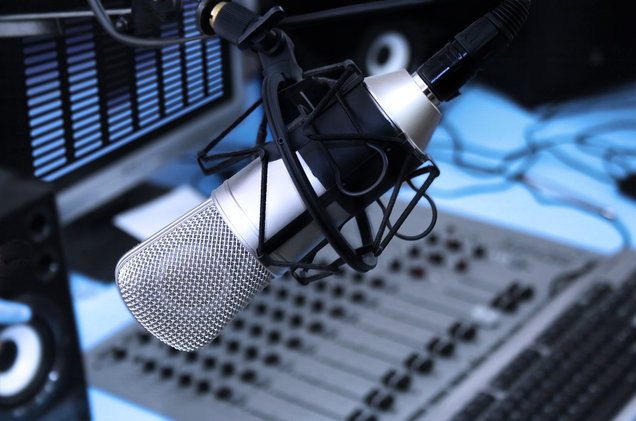By Shirley Thom
Low-power FM radio stations aren’t entirely new. Mandated by their FCC licenses, they have 100 watts or fewer, covering local neighborhoods. They typically can be heard from 3½ to 11 miles surrounding their antennas. Many date to the early 2000s, when the first surge of federal licenses was issued. They have traditionally been rural. But in the last year, a new wave of stations has arrived in urban America, in cities from Miami to Minnesota’s Twin Cities, and especially here in the Pacific Northwest.
There are nearly 2,500 low-power FM stations in some stage of licensing, construction or active broadcasting across the nation. According to the FCC, Washington has the second-highest concentration of them among the nation’s 15 most populous states, with 68 stations for 7.4 million people, second only to Florida. Oregon, though not among the top 15 most populous states, has an even more saturated low-power FM presence, with 80 stations for 4.1 million people.
What do they broadcast?
Whatever they want to. Large, commercial radio stations have lost the local touch that was radio’s strength until the 1996 Communications Act took away ownership restrictions that had been in place since radio began. Large companies began buying radio stations, programming them far from the cities they serve, with corporate budgets to buy transmitters that could boost a signal beyond its home base.
The low-power FM licenses are exclusively local, restricted to nonprofit groups. They might have a civic cause, or they can be formed solely fueled by the dreams of radio fans who band together to put stations on the air.
KBFG 107.3 FM was licensed in November, 2017, to cover an area in North Seattle that comprises Ballard, Fremont, Greenwood, Magnolia, North Queen Anne and Phinney Ridge, where the antenna is located. It went on the air full throttle in December, when a Ballard High School teacher helped air Ballard High School basketball games.
The station also offers a variety of music from local bands, and a mixture of community topics. If you want to be charmed by a five-year-old boy chatting with his father about dinosaurs, music and his sometimes-bothersome sisters, you can hear him in Tristan’s Bedtime Radio Hour, broadcast on Sunday nights from their home in North Seattle. His program also streams on the web, as do all programs on KBFG.
The low-power premise
What low-power urban radio creates, believers say, is a sense of community, a defined physical stamp of existence that goes only as far as it can be heard. New licensees and programmers are knocking on doors near their antennas, holding fundraisers at local business establishments. That’s in stark contrast to the amorphous everywhere-but-nowhere world of the web, and the web-streaming radio or podcasts that a few years ago seemed most likely to take center stage in low-budget community communications.
“When you start broadcasting, it’s like you have a storefront,” said Rebecca Webb, founder of the Portland Radio Project. KSFL 99.1, which broadcasts from two rooms above a closed, silent-movie-era theater built around 1915. The station promises to play a Portland-area music group every 15 minutes.
“The fact that we have gathered ourselves up by our bootstraps and created a community radio station is a direct response to the ownership concentration of large media companies,” she said.
Help is Available
Many community groups with little money and often no experience in radio can get help in starting their stations. A Seattle-based event-ticketing company with a social mission in working with nonprofits, allows a staff organizer, Sabrina Roach, to help people manage the FCC process with seminars, training and advice.
Shirley Thom, author of Life is a Sales Job, available at amazon.com, has worked in radio sales and management positions since 1975. She is sometimes introduced as “the oldest broad in broadcast” and is a strong advocate for the return of locally owned radio stations.






